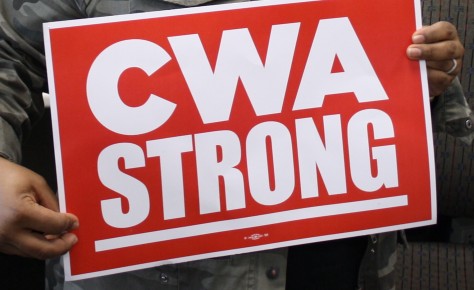- What is bankruptcy?
Bankruptcy is a legal proceeding which allows a financially distressed company to put payment of debts or other financial obligations on hold in order to conserve cash. During this time assets are restructured or sold and debt payments are re-negotiated in an organized way.
- What are the differences between a Chapter 11 and Chapter 7 bankruptcy?
Under a Chapter 11 bankruptcy, a distressed company is allowed to reorganize operations and finances without interrupting services provided. Companies seek to emerge from Chapter 11 bankruptcy and resume operations.
Under Chapter 7 bankruptcy, company operations are terminated and a trustee is given responsibility to sell assets to fulfill outstanding liabilities.
- Does bankruptcy require an end to future accruals of benefits under the traditional, defined-benefit pension plan?
No. Filing for bankruptcy does not necessarily mean a change to future benefits you are eligible to earn under a traditional pension plan. Under Chapter 11 bankruptcy, the company creates a reorganization plan to resume operations. Changes to the pension (or any other employee benefit) may or may not be included in that plan.
Pension benefits are likely to be affect if an employer is entering Chapter 7 bankruptcy, if it is determined that pension changes are necessary for continued operation, or if the employer lacks the resources to maintain operation of the pension plan.
- Are the assets in my pension plan at risk in bankruptcy?
No. Federal law requires that money contributed towards financing a pension plan be kept separate from other business assets in a trust. These assets may not be used to pay off other debts in the bankruptcy process.
- Can the benefits I’ve already earned under the defined-benefit pension plan be changed or reduced in the bankruptcy process?
Under most circumstances, any benefits you’ve already earned under a traditional, defined-benefit pension is protected under federal law and must be paid in full.
The exception to this protection is when (1) the pension plan does not contain enough assets to pay benefits, and (2) the employer proves that it cannot remain in business while maintaining operation of the plan.
Under this circumstance, the employer can apply for a distressed termination to the Pension Benefit Guarantee Corporation (PBGC). Under a distressed termination, the PBGC takes over funding of the plan and pays all benefits up to a maximum guaranteed amount.
- What is the maximum guaranteed amount of pension benefit currently protected by the PBGC?
The PBGC guarantees payment of a monthly basic pension benefit based on your age at retirement (or your age at the time of bankruptcy if you’ve begun receiving benefits before bankruptcy was declared).
For a single employer plan in 2019, a participant retiring at age 65 and electing to receive a straight-life annuity is guaranteed to receive their monthly benefit from the PBGC up to $5,607 per month ($67,284 per year).
- Will lump sum payments be available from the pension plan during bankruptcy
Federal law does not allow employers in bankruptcy to pay pension benefits as lump sum distributions unless the pension plan is 100% funded.
Pension plans submitted for distressed termination to the PBGC, likewise will not offer lump sum distributions to retirees.
Resources for More Information
General FAQs about PBGC, Pension Benefit Guaranty Corporation, https://www.pbgc.gov/about/faq/pg/general-faqs-about-pbgc
Your Employer’s Bankruptcy – How will it affect your employee benefits?, Department of Labor,
Chapter 11 Bankruptcy Basics, United States Courts,
https://www.uscourts.gov/services-forms/bankruptcy/bankruptcy-basics/chapter-11-bankruptcy-basics


